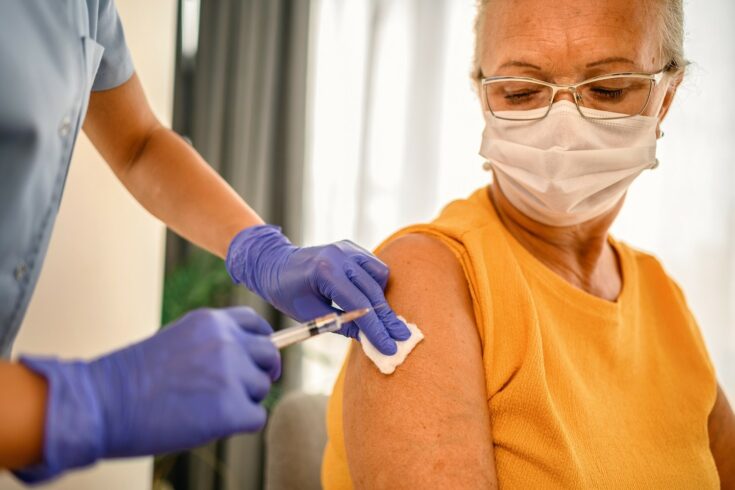An international team of scientists has identified how antibodies interact with and neutralise the virus that causes COVID using the UK’s national synchrotron.
The team used X-ray crystallography and cryo-electron microscopy techniques to map the interactions between antibodies and the SARS-CoV-2 virus at Diamond Light Source, giving scientists the tools to find many different ways to neutralise the virus.
Diamond Light Source is funded by the Science and Technology Facilities Council (STFC) and the Wellcome Trust.
Mapping the virus
Biological samples were obtained from a large cohort of COVID-19 patients, including samples collected from the International Severe Acute Respiratory and Emerging Infection Consortium (ISARIC), with funding from the Medical Research Council (MRC), UK Research and Innovation and the National Institute for Health Research.
The research team examined antibodies from the samples to discover more about the different ways in which antibodies can target the distinctive spike protein on the surface of the SARS-CoV-2 virus and prevent the virus from interacting with receptors in human cells.
MRC Professor Sir Dave Stuart, Life Sciences Director at Diamond and Joint head of Structural Biology at the University of Oxford, said:
By using Diamond Light Source, applying X-ray crystallography and cryo-EM, we were able to visualise and understand how antibodies interact with and neutralise the virus.
The study narrowed down the 377 antibodies that recognise the spike to focus mainly on 80 of them that bound to the receptor-binding domain of the virus, which is where the virus spike docks with human cells.
The results of the study, published in Cell on 15 April, allowed the team to build a detailed map of where antibodies were able to attach to the spike protein.
Antibody targets
The research revealed that neutralising antibodies attach to the binding site for the receptor in similar ways for many people.
Dr Helen Ginn, Post-Doctoral Research Assistant at Diamond Light Source said:
The receptor-binding domain resembles a human torso. During this extensive study on 80 antibodies, we have discovered weak points at five different areas on the torso. The weak points can be found running between the left shoulder and neck, on the right shoulder, down the right flank and on the left flank.
This study provides important information to the scientific community who are looking to increase the tools that we have available to fight the virus.
The new mapping method developed by the scientific team could also be used to provide roadmaps for understanding weakness in other viral diseases.
Further information
Read the paper in full:
The antigenic anatomy of SARS-CoV-2 receptor binding domain.
Authors: Wanwisa Dejnirattisai, Daming Zhou, Helen M. Ginn, Jingshan Ren,
David I. Stuart, Gavin R. Screaton.

